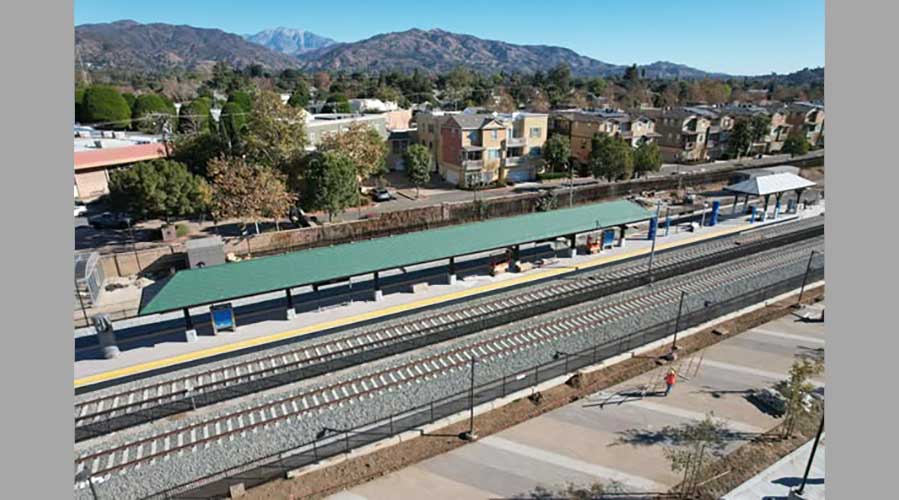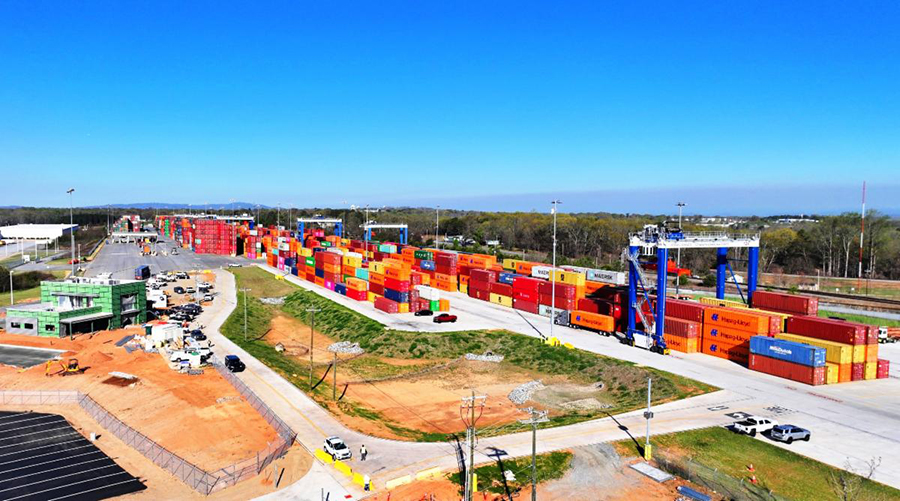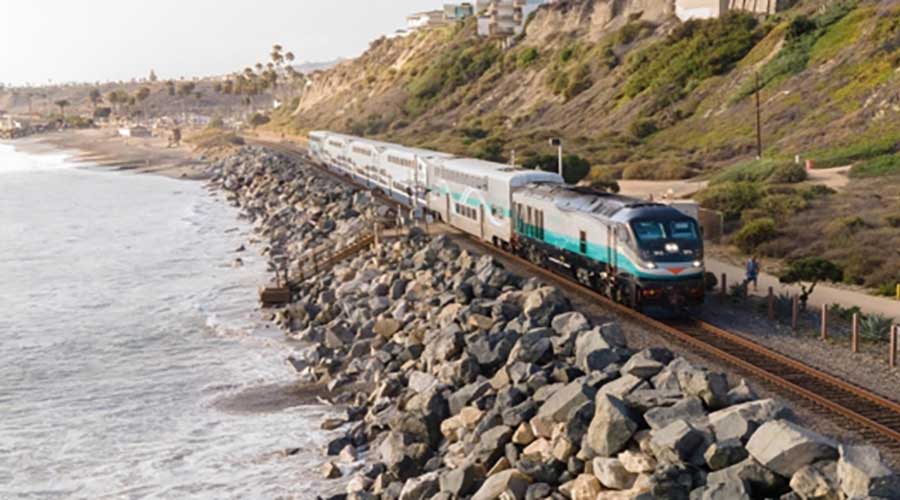Newsletter Sign Up
Stay updated on news, articles and information for the rail industry
Stay updated on news, articles and information for the rail industry
Rail News Home
Rail Industry Trends
Rail News: Rail Industry Trends
11/17/2008
Rail News: Rail Industry Trends
New York/New Jersey port authority reviews cross-harbor project, freight movement strategy
advertisement
Last week, Port Authority of New York and New Jersey (PANYNJ) officials and area government and transportation representatives met to discuss ways to move more freight throughout the already-congested bi-state region. During the next 20 years, the region's freight traffic is expected to skyrocket 70 percent.
During the meeting, PANYNJ Executive Director Chris Ward, New York State Transportation Commissioner Astrid Glynn, New York City Transportation Commissioner Janette Sadik-Khan and U.S. Rep. Jerrold Nadler (D-N.Y.) discussed long- and short-term strategies to address congestion. The port authority's No. 1 solution? The Cross Harbor Freight Movement project, which calls for acquiring and rehabilitating the New York New Jersey Rail Corp. that operates a rail float barge.
Once the project is complete, PANYNJ would load rail cars on a barge and move them across the New York/New Jersey Harbor, where connections could be made either with local businesses in Brooklyn or further east on Long Island. Rail cars could be transported back across the harbor and connect with the national freight network via Greenville Yard in Jersey City.
The only other rail link across the Hudson River is operated by CSX Transportation and is located 100 miles north. The authority plans to soon begin developing an Environmental Impact Statement for the project.
PANYNJ also plans to expand capacity at its port terminals in New Jersey. In addition, the authority will rely on the Staten Island Rail Link, which was completed in June 2007 and is used to move solid waste to New Jersey via train instead of truck. During its first year of operation, the rail link handled 45,000 containers.
During the meeting, PANYNJ Executive Director Chris Ward, New York State Transportation Commissioner Astrid Glynn, New York City Transportation Commissioner Janette Sadik-Khan and U.S. Rep. Jerrold Nadler (D-N.Y.) discussed long- and short-term strategies to address congestion. The port authority's No. 1 solution? The Cross Harbor Freight Movement project, which calls for acquiring and rehabilitating the New York New Jersey Rail Corp. that operates a rail float barge.
Once the project is complete, PANYNJ would load rail cars on a barge and move them across the New York/New Jersey Harbor, where connections could be made either with local businesses in Brooklyn or further east on Long Island. Rail cars could be transported back across the harbor and connect with the national freight network via Greenville Yard in Jersey City.
The only other rail link across the Hudson River is operated by CSX Transportation and is located 100 miles north. The authority plans to soon begin developing an Environmental Impact Statement for the project.
PANYNJ also plans to expand capacity at its port terminals in New Jersey. In addition, the authority will rely on the Staten Island Rail Link, which was completed in June 2007 and is used to move solid waste to New Jersey via train instead of truck. During its first year of operation, the rail link handled 45,000 containers.


 LRW Honors Amtrak’s Acheson As Railway Woman Of The Year
LRW Honors Amtrak’s Acheson As Railway Woman Of The Year
 From Editor-In-Chief Foran: Of Gender Equity And Inclusion
From Editor-In-Chief Foran: Of Gender Equity And Inclusion
 Spotlight On Some Of Today’s Rail Safety Products
Spotlight On Some Of Today’s Rail Safety Products
 Women of Influence in Rail eBook
Women of Influence in Rail eBook
 railPrime
railPrime







